I have just started exploring STM32 MCUs. I want to blink the LED on the BluePill(having STM32F103C8T6 MCU) board. I suspect I have been mislead by something. As per the Reference Manual of F1 series, There are 3 main steps:
- Enable Clock for the PORT (here PORTC)
- Configure The CNF/MODE registers
- Configure ODR register as required i.e. HIGH/LOW on the pin.
I have written the code in KEIL MDK as per the manual but after it is loaded, The code do not run, I press the reset button and then LED turns ON, even though I have changed Settings to RESET & RUN in KEIL.
Here is the code and The parts of reference manual.
#include<stm32f10x.h>
int main(){
RCC->APB2ENR |= 1<<4; //PORTC is on APB2 bus
GPIOC->CRH |= (1<<20);
while(1){
GPIOC->ODR |= 0x00002000;
for(int i = 0; i < 500000;i++); //dummy delay
GPIOC->ODR &= ~0x00002000;
for(int i = 0; i < 500000;i++); // dummy delay
}
}
When I am using the Debug mode, I noticed one thing that the clock is not enabled for PORTC after execution of RCC->APB2ENR |= (1<<4).

The LED does not blink. I am unable to find the error in this whole process.


